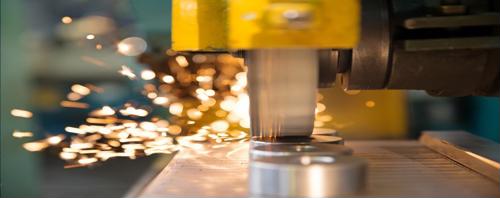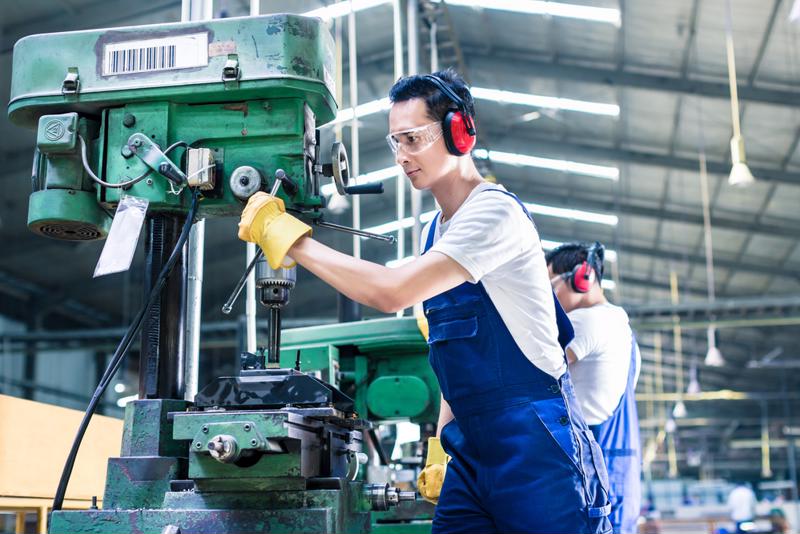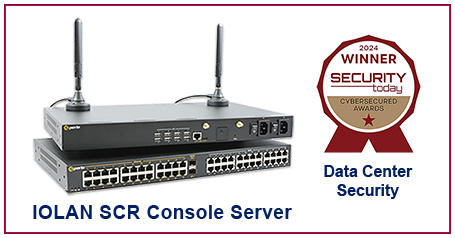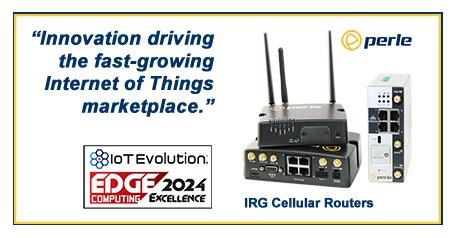
3 questions to ask when building industrial Ethernet networks
By Max BurkhalterJune 10, 2016
Operations are changing in the industrial sector. A fourth industrial revolution is underway, 3D printing is allowing for easier customization and a wide range technologies are disrupting traditional operations in the sector. The network is at the center of these changes. Traditionally, industrial network systems have been segregated from one other, with different protocols used across various business functions. This is beginning to change as Ethernet takes a strong hold across all areas of operation, driving data integration across business units and empowering manufacturers to bring data to bear in diverse ways.
"Network segregation still exists in industrial settings."
Network segregation still exists in industrial settings, but the focus is increasingly on keeping various data channels separate from the internet, creating a closed loop where data can move freely across the business without being exposed to external sources. Building this kind of network - one that connects diverse business units - requires careful planning and implementation of strategic technologies such as industrial Ethernet switches. Three questions you should ask when implementing industrial Ethernet systems include:
1. What environmental conditions will impact equipment?
A wide range of circumstances that naturally emerge within industrial environments can have an adverse effect on network equipment operating in its vicinity. Some of the most important issues to consider include:
- Vibrations caused by heavy machinery. Equipment can cause floors and walls to vibrate, and those small tremors can lead to disruptions in your network equipment, leading to signal degradation and potential damages to components over time. Specialized industrial Ethernet equipment is constructed to quality standards that ensure vibrations don't have an impact on performance.
- Extreme temperatures. Industrial machines will often generate heat and that can combine with other environmental conditions to create temperature extremes that are problematic for network equipment. In winter, a lack of temperature control in some industrial environments can also become problematic. Equipment specifically designed to withstand these conditions is critical.
- Environmental conditions. Many industrial processes generate dust and debris that can prove problematic for network equipment. Humidity adds another layer of challenges here, and many industrial environments feature machines that generate steam and similar exhaust that can damage network equipment. Protecting against these environmental conditions is essential, and network equipment not designed for industrial use won't be able to withstand exposure to high levels of humidity or large quantities of dust.
Industrial environments present a wide range of threats to network equipment, and determining how the conditions in your specific operational settings will impact network components is key to selecting the right solution for your needs.
2. What interoperability challenges may come up during implementation?
Moving to an Ethernet environment across an industrial facility is invaluable because it connects data being generated and used on the business side of the system with the information that would normally be siloed among the production infrastructure. In the past, many of these divided areas of the business have used specialized connectivity systems to support day-to-day operations.
For example, automation and control networks have long used serial connections, fieldbus systems and other architectures that are not compatible with Ethernet. In some cases, these network formats offer features that Ethernet does not normally match. However, modern Ethernet solutions, particularly those that are designed for industrial environments, can overcome any performance challenges that come up. The key is to ensure that existing systems that are already getting the job done and aren't being replaced are able to integrate well with new Ethernet technologies.
Understanding which existing network components you want to keep in place and how you will ensure interoperability is essential to smoothing network deployment. Serial-to-Ethernet terminal servers provide interconnections between serial-based network components and Ethernet systems, allowing for secure, high-performance operations even when you need to switch between protocols.

Ethernet is rising across a wide range of industrial settings.
3. What are your near-future plans?
The Internet of Things is beginning to transform industrial operations. Connected devices across your operational ecosystem can gather information and streamline operations by gathering data from diverse sources and delivering it strategically to various users and systems. Logic and processing capabilities built into these devices allow them to act with a degree of intelligence based on the data they are gathering, letting you automate many processes and repeatable decisions.
However, all of this functionality depends entirely on the network, which is why connecting devices over a common ecosystem is so important in industrial settings. Understanding what your near-future plans are, in terms of the IoT and other operational strategies that would impact the network, is essential as you make current decisions. Don't let a single-minded focus on present needs limit your future flexibility. Instead, keep your upcoming plans in mind as you design the network so you will be ready to handle new challenges as they arise.
Bringing industrial networks together under the Ethernet protocol can help organizations move data more easily across different parts of the business. Having clear answers to these three questions will allow companies to identify the smoothest pathway to Ethernet integration possible.
Perle has over 516 models of Managed Industrial Ethernet Switches with the vast array of options including 10/100/1000 Ethernet, PoE, fiber and combo ports. Perle IDS Industrial-grade Ethernet Switches are ideal for the harsh environments found in industrial factory systems and outdoor applications.



